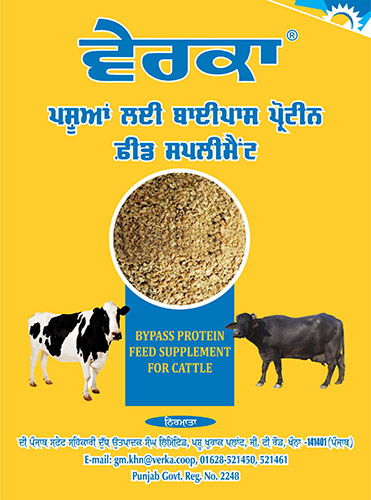Loose Milk vs Pouch Milk: which one is better and why?

Certain home checks to check for adulteration in milk.
Most experts claim that milk is a complete food which is rich in calcium, proteins, vitamins and minerals. Regular milk consumption has been linked to muscle growth, repair and strength. Milk forms a major part of food in India, especially in rural areas.
For many years, in almost every household, milk was delivered at the doorstep by a local milkman. For generations, Indians have consumed loose milk. Many raw milk enthusiasts believe that pasteurization or cooking raw milk kills some very important and nutritive properties of milk. Moreover, they think that pasteurization also kills the freshness and flavor of milk. But studies show that drinking loose milk can pose severe health risks. Loose raw milk is not pasteurized; a method that kills disease-causing germs like Campylobacter, E.coli, and Salmonella. Moreover, individual milk vendors have also been suspected of mixing water and even some other harmful ingredients in milk to increase its volume.
Fortunately, nowadays milk is readily available in pouches and tetra packs where it is properly packaged and pasteurized. Packaged milk is much more hygienic than loose milk. It is available in standard volumes and is protected against contamination due to dirt and microorganisms.
We can still check whether milk is adulterated or not by doing some simple tests at home. One of the methods to check the presence of water in milk is by putting a drop of milk on a polished, slanting surface. If the milk is adulterated, it will flow and not leave any mark whereas pure milk will either stay or will flow slowly and will also leave a white trail behind. We can check the presence of detergent in milk by thoroughly mixing an equal quantity (5-10 ml) of milk and water. If the milk is adulterated, it will form a dense lather but pure milk will only produce a thin layer of foam. Another way to check adulteration in milk is to add starch. This can be done by boiling 2-3 ml of the milk with 5 ml of water. After a boil, allow the milk to cool. Then add 2-3 drops of tincture of iodine. If the colour changes to blue this will indicate that there is starch added to milk.
In a nutshell if we have a trusted milkman and are aware that the cows are properly taken care of, then only should we should think of buying loose milk otherwise the safer bet would be to buy packed milk from a trusted brand.
Courtesy – Chef Manjit Gill.





























